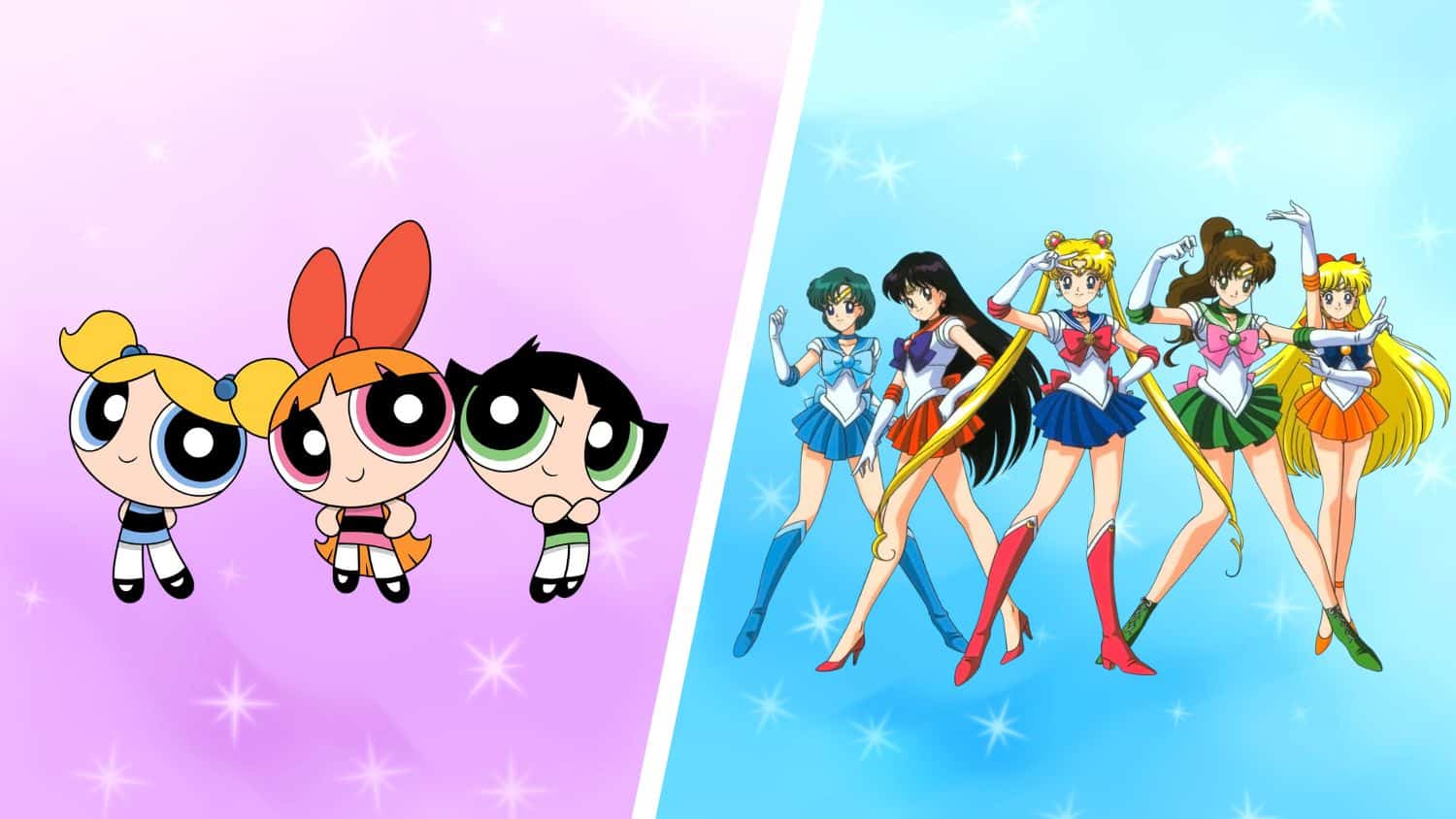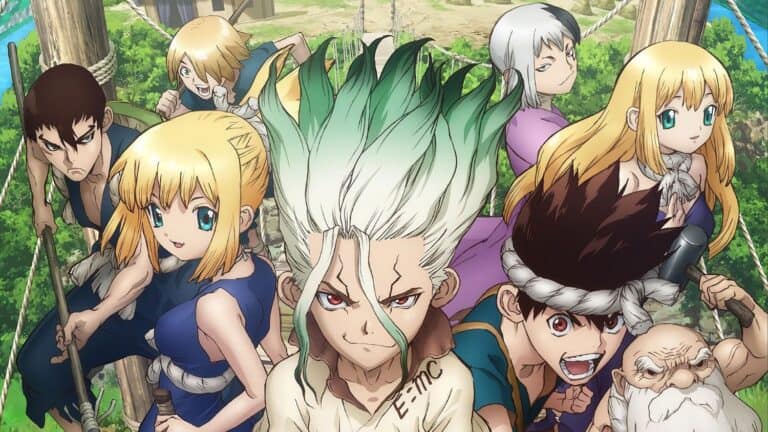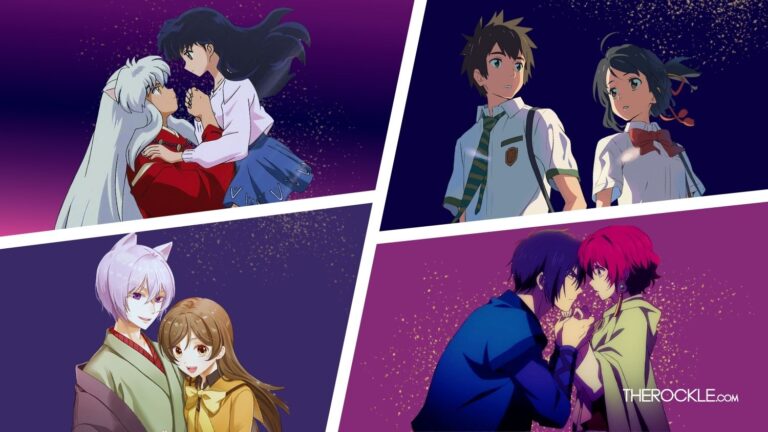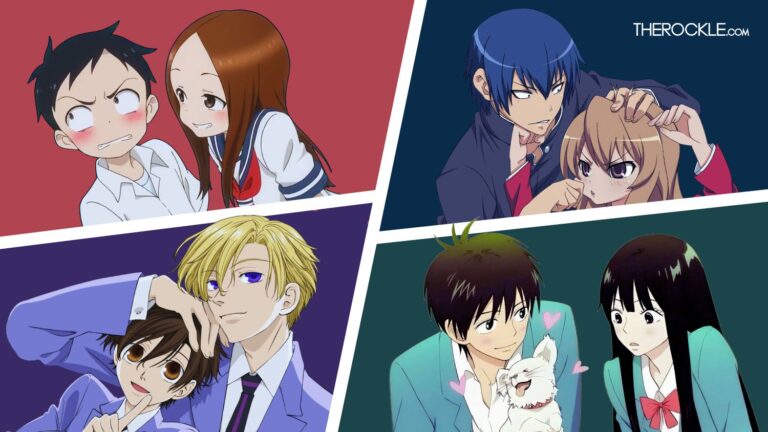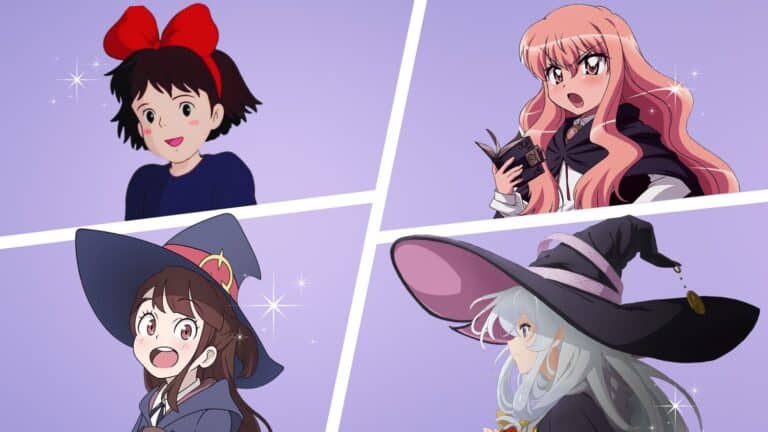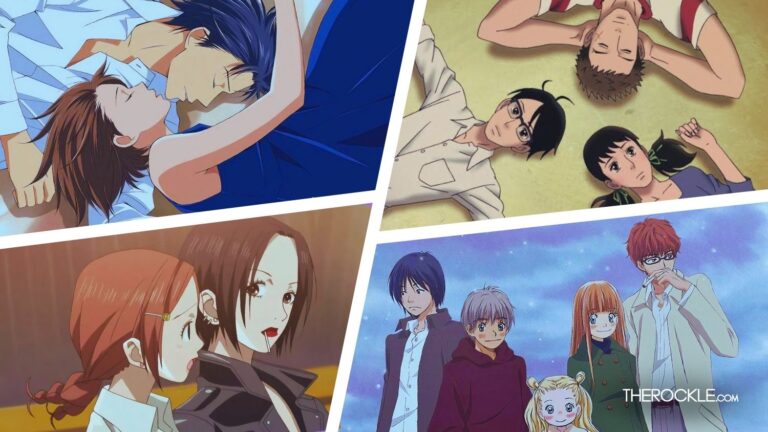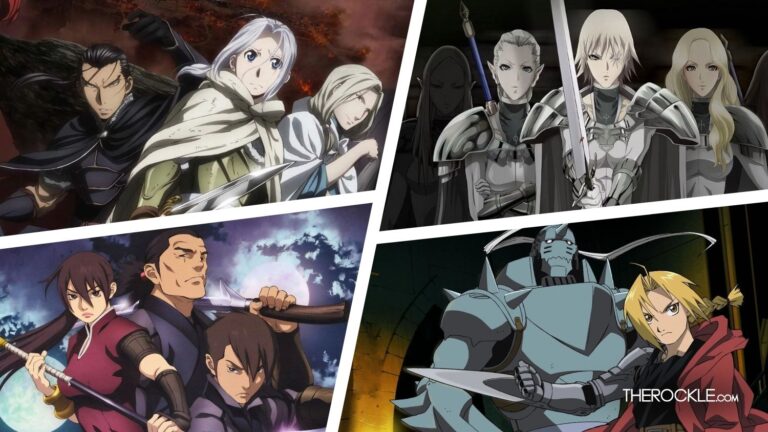Powerpuff & Sailor Moon: Gender Play in Toon Titans
Picture this: It’s 1998, you’re back from school, you’ve kicked off your shoes, grabbed your favorite snacks, and you’re all set for the best part of the day. It’s Powerpuff Girls and Sailor Moon time!
Remember Blossom with her head held high, leading her two equally powerful sisters into battle? Or Usagi Tsukino transforming into Sailor Moon, fighting malevolent forces from the Negaverse? Good times, right?
But let’s replay those episodes, this time with a more critical eye. How did these two cult classics, beloved by many, navigate the tricky terrain of gender stereotypes? Did they dismantle age-old norms or unwittingly reinforce them? Intrigued? Well, stick around, because I’m about to take a deep dive into the world of animation, feminism, and everything in between.
Ready to go? Excellent! Let’s delve into the world of Powerpuff Girls and Sailor Moon and see what these 90s titans really have to say about gender norms.
Animation: The Gender Mirror
Imagine a history timeline stretched out before you, peppered with iconic animated characters that defined different eras. You’d probably see Cinderella scrubbing the floors in the 1950s, She-Ra raising her Sword of Protection in the 80s, and closer to our time, Elsa, ‘letting it go’ in the icy expanses of Arendelle.
What’s the common thread? They’re all female characters in animation, each representing different interpretations of femininity and womanhood.
Animation has long been a mirror to society’s prevailing gender norms and stereotypes. And what’s more? It also influences young, impressionable minds, shaping their understanding of gender roles. Sounds intense for a bit of ‘cartoon time,’ right?
Powerpuff: Girl Power or Stereotype?
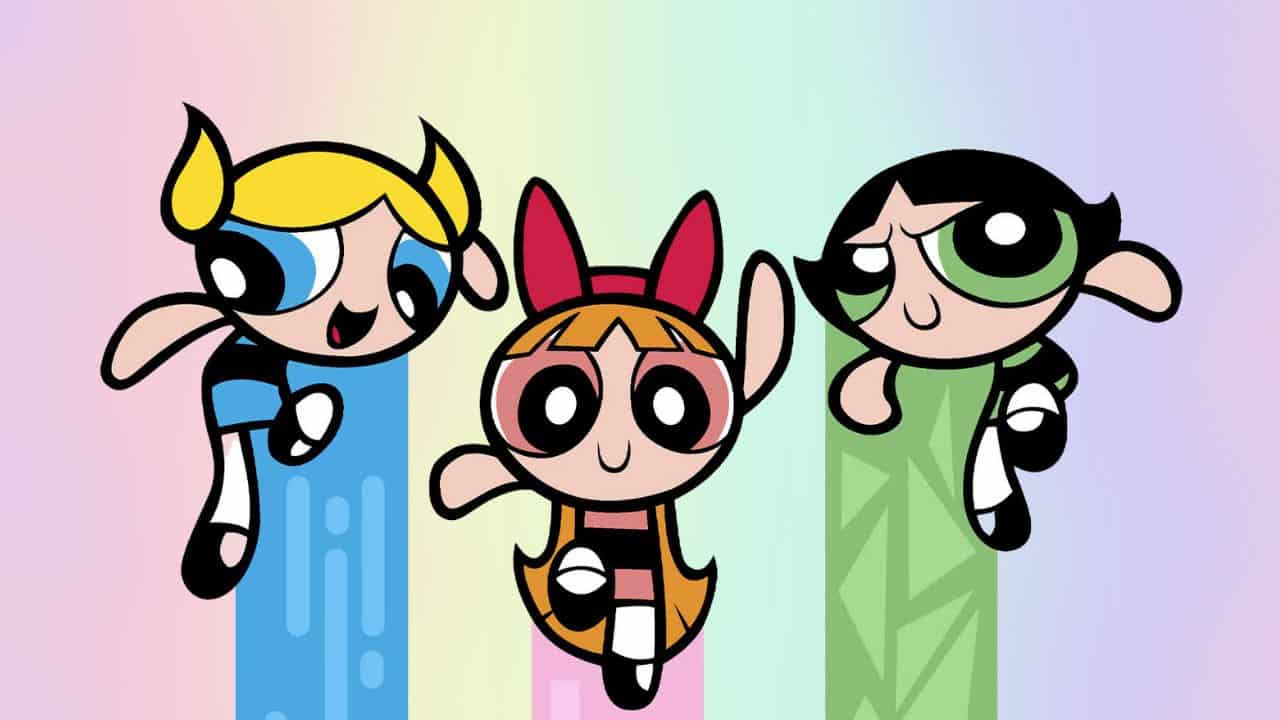
Now, who could forget the sugar, spice, and everything nice, plus an accidental dash of Chemical X, concocted by Professor Utonium to create the perfect little girls? And boom! The Powerpuff Girls, aka Blossom, Bubbles, and Buttercup, burst onto our screens. Ah, the 90s nostalgia!
But let’s pause for a second and remove our rose-tinted glasses for a bit. With our analytical caps on, let’s dissect this pop culture phenomenon. The Powerpuff Girls: Three kindergarten-aged superheroes who managed school, household chores, and, oh, just saving the world before bedtime. Quite a plateful for tiny tots, don’t you think?
Created in the late 1990s, an era brimming with post-feminist optimism, the show seemed to promote female empowerment. Our pint-sized superheroes were just as likely to bash up Mojo Jojo as they were to have a tea party. But did it subtly reinforce certain stereotypes? Is it not ironic that the ‘perfect’ little girls were born out of a lab accident while their creator, a man, took the front seat as the responsible caregiver?
The Powerpuff Girls offered up a cocktail of femininity and strength. They were color-coded in traditionally feminine hues (pink for Blossom, light blue for Bubbles, and green, well, let’s call it the wild card for feisty Buttercup) and had their own distinct characteristics. Blossom, the ‘smart’ one; Bubbles, the ‘soft-hearted; and Buttercup, the ‘toughie’. A coincidence that these traits align pretty snugly with conventional stereotypes—the rational leader, the empathetic nurturer, and the rebellious tomboy?
Don’t get me wrong—the Powerpuff Girls were groundbreaking in their representation of female superheroes. They showed that girls could be tough, fight evil, and still retain their ‘girliness.’ However, through the veneer of ‘girl power,’ they also served a fair dollop of gender norms—wrapped in colorful animation, of course!
Sailor Moon: Empowerment or Illusion?
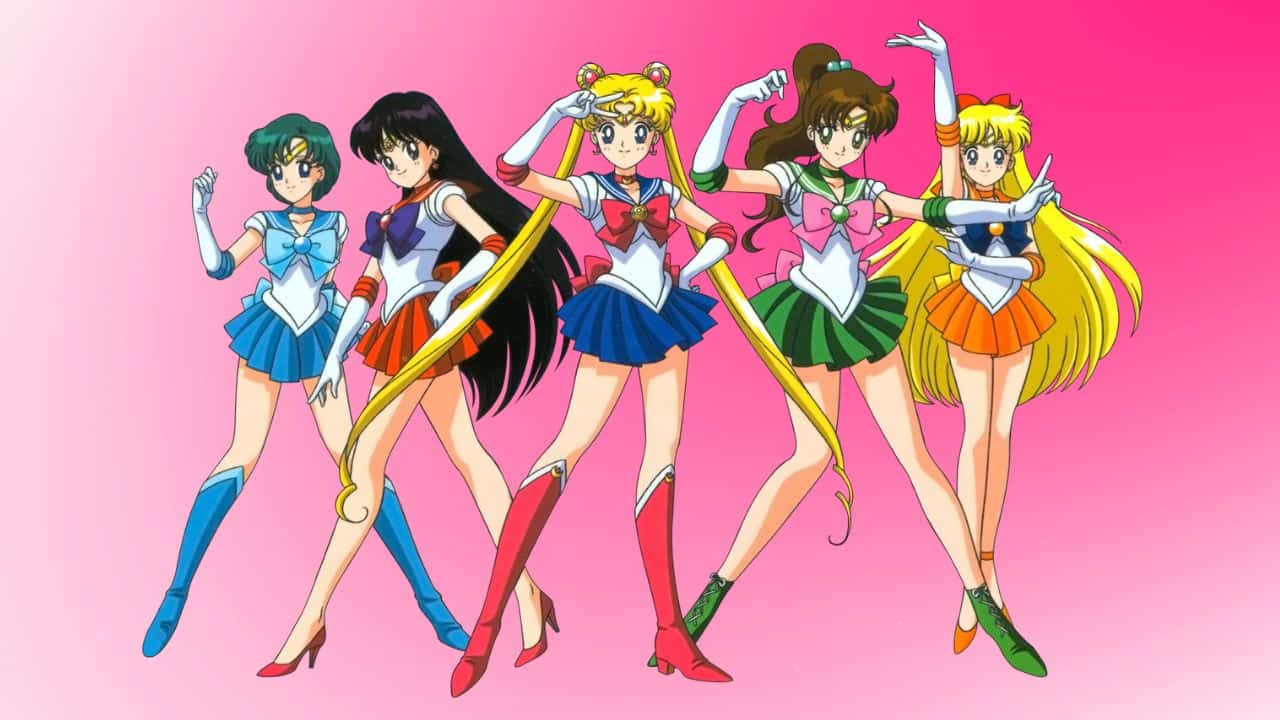
Now let’s board our time machine and zip across continents to the land of the rising sun. Enter Sailor Moon, or should we say Usagi Tsukino, a typical clumsy, sweet, and a little bit lazy 14-year-old school girl. Usagi’s transformation into Sailor Moon, the Guardian of Love and Justice, took the animation world by storm, didn’t it?
The gateway anime for many. Sailor Moon broke new ground by blending traditionally feminine attributes with heroic action. Our leading lady was no demure princess waiting for her Prince Charming. She was out there, fighting evil forces alongside her fellow Sailor Scouts. Heck, she even saved her love interest, the dashing Tuxedo Mask, more times than we can count!
But, just like her Western counterparts, this 1990s anime was not without her fair share of gender stereotyping. Usagi, while being a formidable hero, was often portrayed as emotional, irrational, and dependent—traits typically associated with the ‘weaker sex.’ And the shoujo-typical elaborate transformation sequences with short skirts and high heels, were they empowering or a subtle reinforcement of objectification? It’s a tricky line to toe, isn’t it?
Oh, and let’s not forget the rest of the Sailor Scouts! They were a mash-up of different personality traits, each fitting neatly into certain stereotypical roles. There’s the brainy Ami (Sailor Mercury), the spiritually inclined Rei (Sailor Mars), the strong and tomboyish Makoto (Sailor Jupiter), and the elegant, aspiring idol Minako (Sailor Venus). Familiar character boxes, anyone? Yet they each possessed an undercurrent of strength and bravery, pushing back against their prescribed boxes.
The Sailor Scouts were fierce warriors and compassionate friends, but they were also teenage girls with crushes, dreams, and a penchant for the latest fashion trends. Does this blend of traditional and modern gender representations reflect the complex nature of gender stereotypes in our society? Or does it perpetuate them further? Food for thought, right?
Two Worlds Collide: Powerpuff and Sailor Moon
Now, let’s put on our detective hats, pull out the magnifying glass, and scrutinize these shows side by side. Yes, it’s time for a classic compare and contrast!
At first glance, it’s like comparing apples to oranges, right? One is a trio of kindergarteners with superpowers, while the other is a group of high school girls moonlighting as cosmic guardians. But dive a bit deeper, and you’ll see that both are attempting to break the mold of traditional female characters in animation.
They both have strong female leads; they both fight evil; and they both still enjoy traditional ‘girly’ activities. Is it possible that they’re sending us a message that femininity and strength aren’t mutually exclusive but instead are different sides of the same coin?
Let’s probe a bit further.
In both shows, the girls have civilian and superhero identities, presenting a unique duality. They navigate school, friendships, and familial relationships, all while saving the world. This duality symbolizes the balancing act that many women and girls are expected to perform in society—maintaining their roles while also proving their strength.
And what about the characters themselves? They’re all distinct, each one a different color in the vibrant palette of femininity. From the leader Blossom and the shy Bubbles to the fearless Usagi and the bookish Ami, they showcase the broad spectrum of female personalities. They challenge the monolithic representation of femininity, showing that girls can be as diverse as the colors of a rainbow.
Moreover, in both shows, the girls seldom resort to brute force. They often outsmart their enemies or tap into their emotional intelligence to resolve conflicts, breaking the stereotype that strength equals physical power.
But here’s the rub: while both series challenge several gender norms, they also fall prey to others. The ‘girly’ colors, the focus on appearance, the occasional emotional outbursts—all these subtly perpetuate certain stereotypes.
So, what’s the verdict? Well, like most things in life, it’s not black and white. The Powerpuff Girls and Sailor Moon, in their unique ways, challenge and uphold gender norms. But isn’t that reflective of our society—a continual push and pull towards progress and tradition?
Impact and Influence of Our Animated Heroines
Let’s take a step back. We’ve dissected, compared, and contrasted. Now, let’s take a wide-angle view of things. What’s the big deal, you might ask? They’re just cartoons, right? Well, here’s the kicker. The media we consume, especially during our formative years, leaves an indelible impression on our young minds, shaping our understanding of the world, and yes, that includes gender roles.
So, if your Saturday morning ritual was watching the Powerpuff Girls thrash Mojo Jojo, you might just grow up believing that girls can, and should, fight their own battles. And if you saw Sailor Moon saving Tuxedo Mask in distress, you might just discard that archaic damsel-in-distress trope.
But, it’s a double-edged sword. For every stereotype these shows challenge, they inadvertently reinforce another. A girl can be tough as long as she’s also ‘cute’? A heroine can save the day as long as she’s fashionably attired? Mixed signals, much?
And yet, these shows were pioneers in their own right, pushing the envelope and opening the doors for future animations to challenge, and hopefully dismantle, more gender stereotypes.
Wrapping Up
What is the takeaway as we near the end of our journey? Well, it’s not about vilifying these beloved shows from our childhood. Instead, it’s about becoming aware, about peeling back the layers of seemingly innocent animation to reveal the sociocultural implications underneath.
It’s about understanding how the Powerpuff Girls and Sailor Moon, despite their flaws, were steps in the right direction, paving the way for more nuanced gender representation in animation. And most importantly, it’s about holding the media we consume accountable and pushing for change.
So, here’s to more diversity, inclusivity, and shattered stereotypes in the world of animation!

